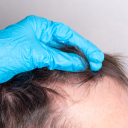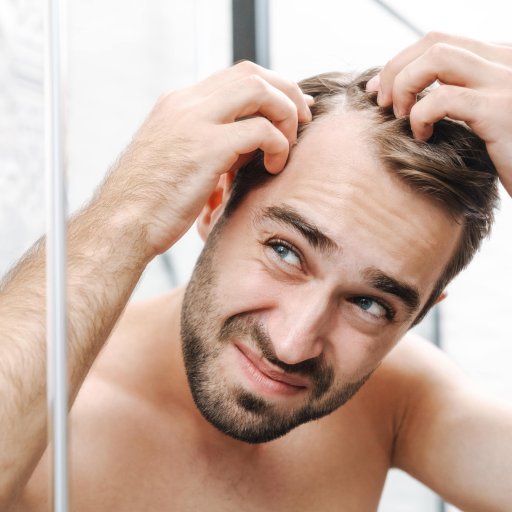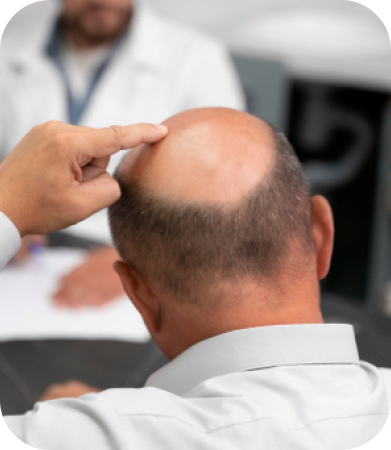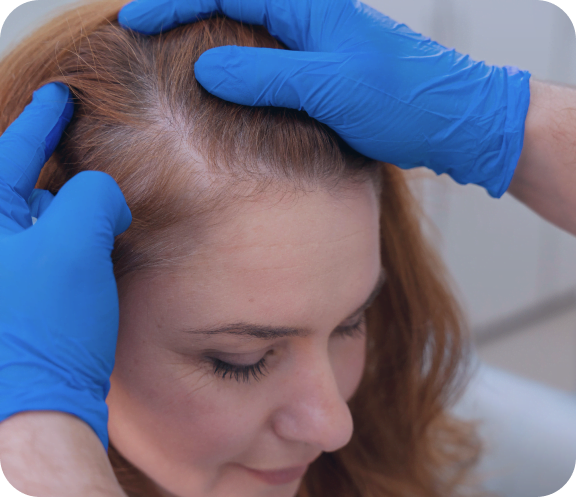How To Use Minoxidil for Hair Loss
Before you apply minoxidil, make sure that your scalp is dry. When you intend to use this product after showering, it’s best to wait for a few minutes. Yet, you don’t have to wait for your hair to be completely dry. The only matter is that your scalp must be dry.
For liquid solution:
- First, you must fill the eyedropper with 1mL of minoxidil.
- Then, apply the solution directly to the thinning areas of the scalp.
- Also, ensure that you part your hair to expose the scalp as much as possible.
- After that, gently rub the liquid solution into your scalp.
*Make sure that your scalp completely absorbs the liquid solution. Moreover, ensure that your scalp has completely dried from the application before lying down for bed or applying other hair products.
For Foam:
Except for the dosage, the application instructions are pretty much the same.
- You need a half-capful of foam.
- Next, gently rub it into your scalp.
- Again, your hair doesn’t have to be dry, but your scalp should be before applying the product.
Whether you’re using the liquid solution or foam, be sure to thoroughly wash your hands after applying the medication.
If you stop using minoxidil, all the effects that you’ve noticed will also disappear. Like finasteride, the efficacy of minoxidil depends on the usage consistency. So, you must apply this medication twice a day.
Keep in mind not to apply minoxidil to damaged skin. It could cause too much absorption of minoxidil and increase the likelihood of more severe side effects. Make it a priority to allow your scalp to heal before applying minoxidil treatments.



